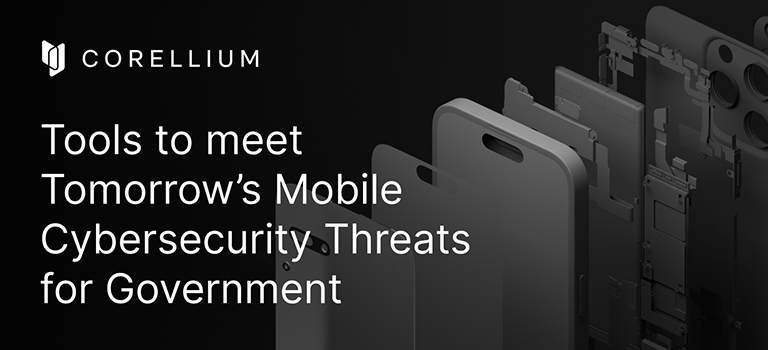The quest for innovative solutions is relentless in an era where government agencies and service providers grapple with increasingly sophisticated cybersecurity challenges. One such solution that has emerged as a potent tool in mobile security is using virtual iPhones and Android phones for penetration testing and malware analysis. These virtualized environments have ushered in a new era of possibilities for government entities, offering unprecedented flexibility, insight, and control in the face of ever-evolving threats.
The Power of Virtual Devices for Security Pentesting and Malware Research
The utility of virtual iOS and Android devices is exemplified by their ability to accelerate mobile app penetration testing. Since they are virtual, any model phone can be easily selected and spun up in a web browser and any supported operating system the tester needs. Gone are the days of setting up and maintaining large physical device labs that attempt to cover the ever-expanding combinations of phone models and operating systems. These physical labs are extremely costly to maintain, requiring physical lab space, air-conditioning, security access controls, and mitigations for device battery overload risks.
For proper static (SAST) and dynamic (DAST) application security testing, root access to filesystem, data, and network layers is required for testers. For this, iOS is particularly challenging as testers have historically relied on jailbreak vulnerabilities provided by the security community, that are often unstable and untrustworthy. With virtual iOS devices, by their very nature of being virtualized, root access is natively provided. This allows security and privacy researchers with controlled access to the device resources they need to successfully test and troubleshoot their mobile applications for security vulnerabilities.
Virtual devices also provide never-before-possible capabilities for mobile malware analysis and threat research. As malicious actors continue to develop increasingly sophisticated attack vectors, the ability to dissect and understand the intricacies of malware architectures and functionality is paramount. Virtual devices provide a controlled sandboxed environment for safe malware detonation and detailed real-time analysis both within the device itself and across its network interfaces. Gathering critical Indicators of Compromise (IoC) and conducting threat hunting becomes more straightforward and highly accelerated.
The power of virtual devices in government defensive cybersecurity is unparalleled. It empowers security teams with unprecedented control, precision, and flexibility in dealing with mobile threats. These virtual environments offer a dynamic and adaptable solution for government agencies and service providers to advance their mobile cybersecurity work.
A Potent Solution for Government
At the forefront of this transformative shift in mobile cybersecurity is Corellium, a trusted virtual hardware platform. Their reputation as an invaluable tool for government agencies and service providers is well-deserved. It has played a pivotal role in equipping these entities with the resources to tackle mobile threats effectively.
Corellium technology has been extensively government battle-tested and designed from its inception to meet the most stringent security and compliance needs.
- Adopted: Numerous U.S. and international agencies rely on Corellium virtualization technology for their critical security, compliance, and privacy research work.
- On-Site: Maintain security compliance with an entirely on-site and air-gapped solution. The Corellium platform is a preconfigured, Arm-powered server and desktop appliance for centralized management and control.
- Powerful: Unmatched, built-in security tooling enables defensive and offensive (CNE and CNO) mobile vulnerability research (VR) and provides a cost-efficient platform for independent verification and validation (IV&V) needs.
Virtual devices provide the efficiency and scale of an emulator with the fidelity and performance of an actual device. Corellium stands as a symbol of innovation in the face of an ever-evolving mobile threat landscape. It has emerged as a preferred solution for those who refuse to compromise on security. By harnessing the power of virtual devices, these organizations are not just reacting to threats but proactively advancing their cybersecurity capabilities.
See why government agencies and service providers use Corellium to empower their teams and successfully complete their missions.
Brian Robison
Tags: Cybersecurity Threats, Mobile Security, Virtual Devices


